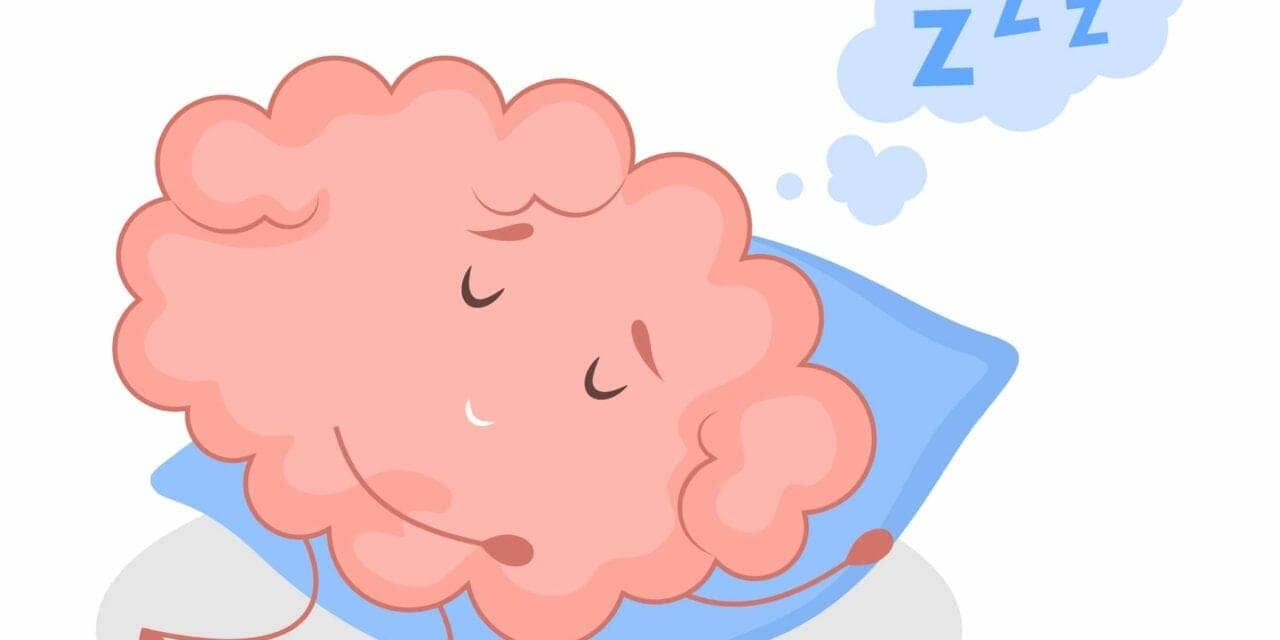The longer someone stays awake, the more likely they’ll start getting tired as their brain needs sleep. But how the brain senses that need for sleep hasn’t always been clear. Now, Johns Hopkins Medicine researchers have shown in fruit flies that certain groups of brain cells called astrocytes sense electrical activity in different regions of the brain and use these signals to facilitate the process of falling asleep. The more activity that they detect, the stronger the need-for-sleep signals become, until they trigger a release mechanism that pushes sleep.
In their findings, published in the journal Current Biology, the researchers say that understanding how we get sleepy may help us understand and eventually treat the kinds of sleep disorders in people who never feel rested no matter how much sleep they get.
[RELATED: Why We Get Tired When We Stay Up Too Late]
“When you nod off in class during a boring lecture but still hear the professor calling your name, that is because only part of your brain is asleep,” says Mark Wu, MD, PhD, professor of neurology at the Johns Hopkins University School of Medicine, in a release. “We believe that different groups of these astrocyte cells monitor different parts of the brain to initiate sleep drive in those specific regions.”
The researchers demonstrated in their study that prolonged wakefulness results in a buildup of calcium ions in the astrocytes, which eventually triggers a whole cascade of genes to be turned on. When this happens, the astrocytes release chemical molecules that induce sleep by acting on a central sleep drive circuit (an electrochemical network) in the brain.
Two recent publications by researchers at other institutions showed similar findings in mice to the results published in the Johns Hopkins Medicine paper. Together, these studies suggest that these processes are conserved across the animal kingdom and are likely applicable to humans as well.
Illustration 158157350 © Artinspiring – Dreamstime.com



